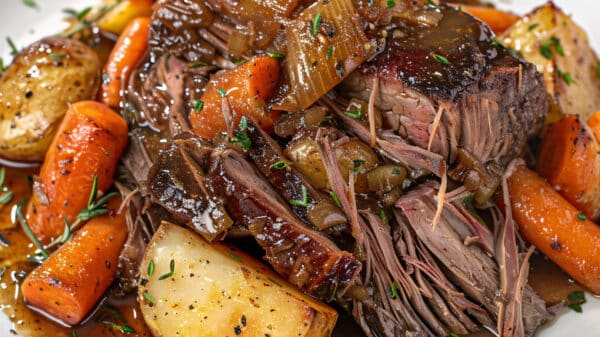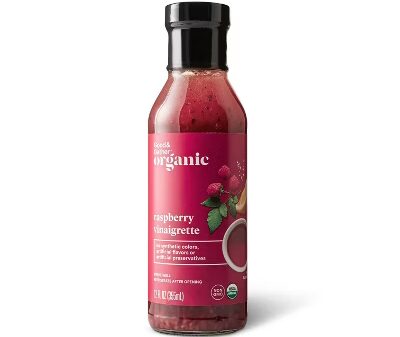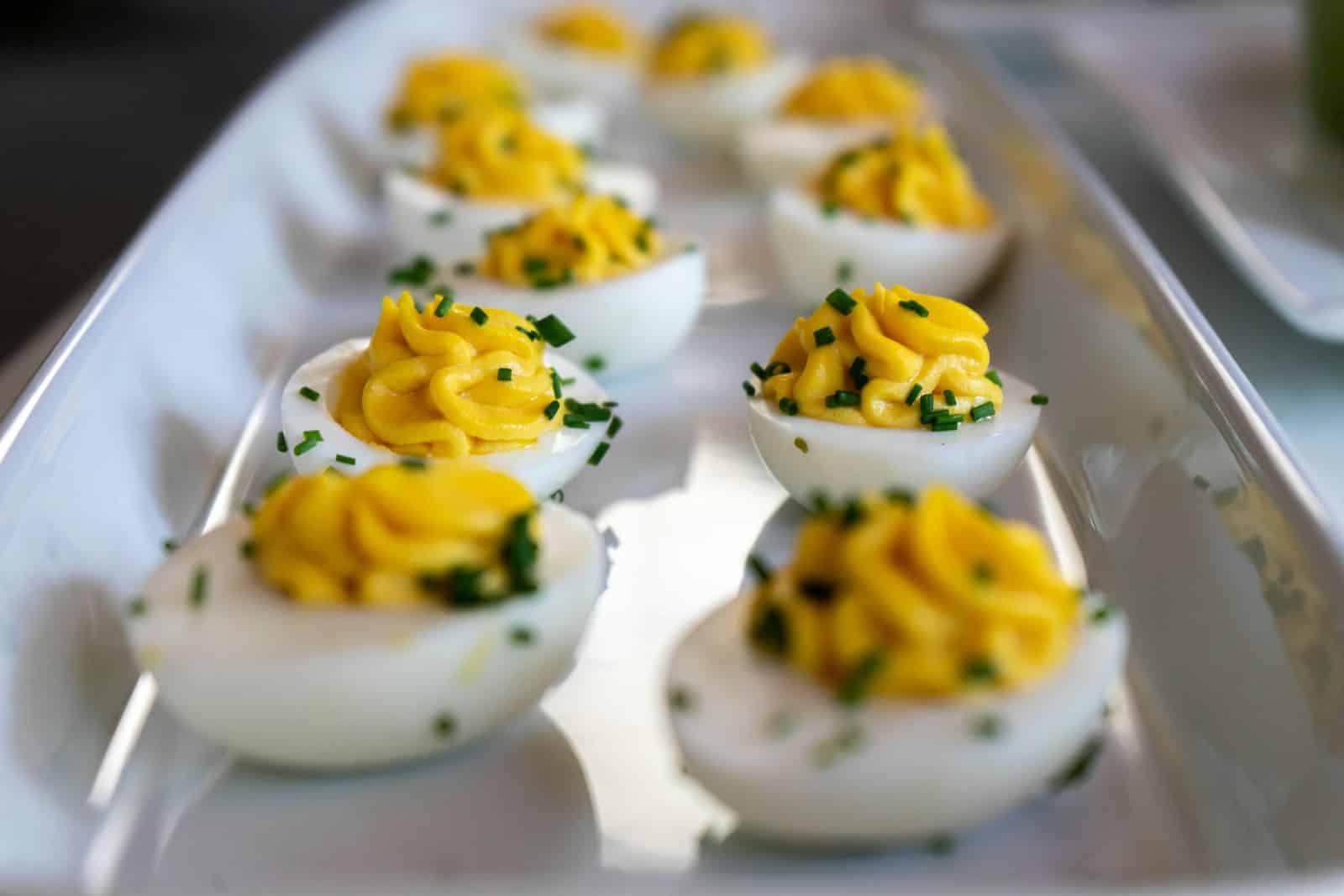Deviled eggs have long been synonymous with social gatherings, especially in 1950s America. This era saw a revival of traditional social customs, marked by cocktail parties that celebrated both formality and the joy of communal eating. During this time, deviled eggs emerged as a must-have appetizer, delighting guests with their creamy texture and flavorpacked filling.
The appeal of deviled eggs isn’t just rooted in nostalgia. Recipes prevalent in the 1950 Betty Crocker cookbook showcase their versatility, recommending a variety of pairings like tuna salad and tomato medley. Notably, they even made an appearance in unique culinary creations, such as the infamous tomato aspic with olive-stuffed deviled eggs, illustrating their adaptability in the kitchen.
What sets deviled eggs apart is their ease of preparation. Boiling an egg and whipping up a simple filling with mayonnaise and mustard is both accessible and satisfying. The 1950s also placed great importance on presentation, leading to the iconic dusting of paprika—a distinctive touch that not only enhances flavor but also elevates visual appeal.
Deviled eggs actually have a very long history
Deviled eggs are more than just a party staple; they boast a rich history dating back to the 13th century. Their earliest iterations, found in Ancient Roman cuisine, bore little resemblance to modern versions. Instead of the creamy yolks we know today, these eggs were flavored with saffron, cloves, and herbs.
The term ‘deviled’ originated in the 1700s, referring not to any sinister connotation but rather to the seasoning of the dish. As global spice trade flourished, more flavorful dishes gained popularity. The first recognizable deviled egg recipe emerged in 1896, featuring mayonnaise as a key ingredient, a notable shift that marked the transition toward contemporary preparations.
The rise of mayonnaise significantly impacted the accessibility of deviled eggs. Once a luxurious ingredient found only in fine dining, mayonnaise became popularized in the early 20th century, partly due to the mass production efforts by companies like Hellmann’s. By the 1940s, mayonnaise had transitioned from a gourmet item to an everyday staple, firmly embedding itself into deviled egg recipes across America.































